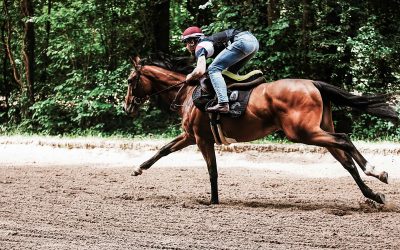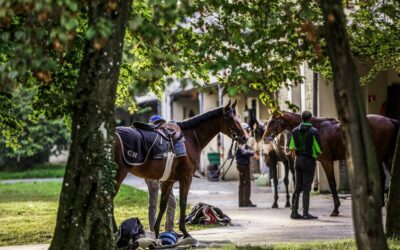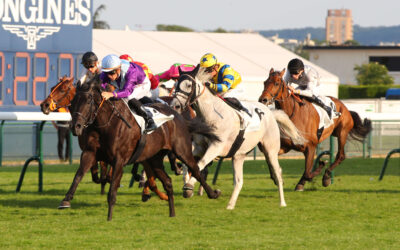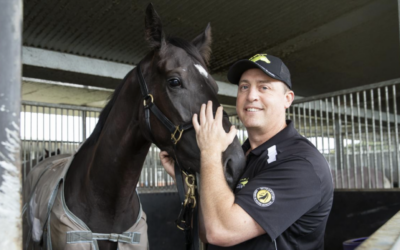EXPLORE OUR BLOG
Here you will find a lot of information to better understand performance and health measurements as well as tips about racehorse training and well-being.
LATEST ARTICLES
Ilaria and Alessandro Botti’s Equimetre experience
We had the pleasure of interviewing Ilaria and Alessandro Botti in Chantilly regarding their use of Equimetre.
Christophe and Miguel Clement’s Equimetre experience
We were lucky enough to meet Christophe and Miguel Clément, trainers at Saratoga Park, New York. They told us about their experience with Equimetre and how they integrate it into their daily work with horses.
Glen Braem’s Equimetre experience
During a video conference interview, Arioneo’s team had the opportunity to speak with Glen Braem and discuss his use of Equimetre.
Citra Oaks Farm (Brad & Debbie Donaldson): One of the first farms to offer Equimetre services in Florida
Debbie and Brad Donaldson’s passion for animals, and especially horses, is evident from
the first seconds of a conversation with them.
Navigating your data provider transition seamlessly: 5-Step guide
In the dynamic world of equine performance analytics, choosing the right data provider is crucial for maximizing your horses’ potential. If you’re considering a transition or seeking alternatives, Equimetre is here to ensure a seamless switch, enhancing your training outcomes without skipping a beat.
Antoine de Watrigant’s Equimetre experience
Antoine De Watrigant, trainer at Mont-de-Marsan, in the south-west of France, find out how he uses Equimetre and data.
BROWSE AMONG OUR CATEGORIES

Equine Physiology

Testimonials
Racehorse training
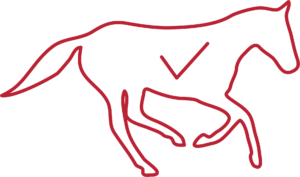
Young racehorses

Health & Science

Standardbreds
EQUINE PHYSIOLOGY
8 reasons to use a heart rate monitor
Here are the 8 reasons why the heart rate monitor
Monitoring the impact of a race on racehorse
Monitoring the impact of a race on a racehorse is core in order to prepare him to the next races in the best conditions possible.
How do racehorses create energy?
In order to better analyse heart rate, recovery and establish an objective diagnosis of your horses’ fitness, it may be useful to investigate the physiological mechanisms involved when the horse athlete is training.
How to improve the racehorse’s recovery?
Recovery is one of the main indicators of a horse’s fitness condition: the better a horse’s recovery.
Racehorse cardio: how to analyse your training data?
A precise knowledge of the evolution of your horse’s heart rate during exercise enables you to optimise its performance and to be alerted to possible sub-clinical pathologies. It also allows you to adapt the exercises as well as possible, in order to improve its cardio and physical performance.
The Racehorse’s heart rate: a brief introduction
Measuring the racehorse’s heart rate provides information on the fitness level and fitness training…
RACEHORSE TRAINING MONITORING
Muscle memory in the athletic horse
During training, the horse engages what is known as his muscle memory, so that his muscles are able to carry out the effort almost automatically. However, the source of this memory is not in the muscle, but in the brain.
Locomotion data: what’s in it for the day-to-day work?
Locomotion data helps us to understand how a horse moves around the track, providing valuable information about its physical ability, fitness and potential. Every horse has its own stride, and the way in which its canter is constructed varies little throughout its life. By looking at the parameters of cadence and amplitude at a fixed speed, we can obtain indications of a horse’s theoretical preferred distance.
Weather conditions: how do they affect the performance of racehorses?
Weather conditions play a significant role in the performance of racehorses. Whether it’s temperature, humidity, wind speed and direction, precipitation or atmospheric pressure, each factor can influence a horse’s performance on the track.
Fitness markers: what should you look for in a racehorse?
A racehorse’s recovery is one of the main indicators of its state of fitness. Analysed alongside the intensity of the work required, heart rate (HR) is an excellent indicator of the intensity of the effort made by the horse and its recovery after the effort. An optimal state of fitness is shown by the ease with which the horse recovers after exertion.
Conditioning vs training: what are the differences in horses?
Conditioning and training are terms that could be confused. Although both terms lead to an improvement in the horse’s abilities, they do not have the same effects on the horse. This article explains the principle of conditioning and its effects, as well as those of training.
Speed markers: what are the indicators for a racehorse?
Why should you care about tracking data?
Although the progress made by racecourses in terms of tracking systems is gaining ground, the interpretation of this data is not always obvious. What is a good time? How can this information be used for the morning’s work? Having good keys to interpreting this speed data allows for a finer analysis of speed skills.
EQUINE HEALTH & SCIENCE
Psychology and welfare of racehorses: the impact of stress on performance
It is now a few years since the question of the equine welfare, which can be defined, according to the IFCE (The French Horse and Riding Institute), as “the good mental and physical health of the animal”, is developing and taking more and more importance into the mentalities. Some studies have been carried out and initiatives have been taken with the objective to sensibilize about the subject. The IFCE has notably led a survey in favor of animal welfare, relating different subjects as the evolution of the practices in favor of the
The challenges of the horse racing industry
Horse racing is one of the world’s oldest sports. With the sport trapped inside its conventional framework and developing laws and values, it is clear that this sector is increasingly struggling to adapt, flourish, and progress. What are the horse racing industry’s strengths and weaknesses?
Equine welfare: a major challenge for the racing industry
Horse racing has a long history and a strong cultural tradition in many parts of the world. However, today’s horse racing industry faces a major challenge: combining the excitement and emotion of competition with equine welfare. A number of initiatives are being implemented to promote more responsible practices, such as retirement and retraining programs and stronger doping restrictions.
YOUNG RACEHORSES MONITORING
No Results Found
The page you requested could not be found. Try refining your search, or use the navigation above to locate the post.
STANDARDBREDS TRAINING
No Results Found
The page you requested could not be found. Try refining your search, or use the navigation above to locate the post.
TESTIMONIALS
Preparing Isle Of Jura with data – From Newmarket: George Scott’s Equimetre experience
World Horse Racing is an international digital media company specialising in racehorses.
In partnership with them, we have produced a video of George Scott and his use of the Equimetre, particularly in preparation of Isle of Jura.
In Brisbane: Tony Gollan’s Equimetre experience.
From his journey with data collection to the benefits of using EQUIMETRE, Tony shares how data-driven decisions have enhanced his training outcomes.
Lexington trainer: Kara Lin Toye’s Equimetre experience.
The Keeneland meet is always a good opportunity to meet and greet our Equimetre users based in Kentucky, including Kara Lin Toye.
She told us about her experience with Equimetre and how she integrates it into her daily work with horses.







